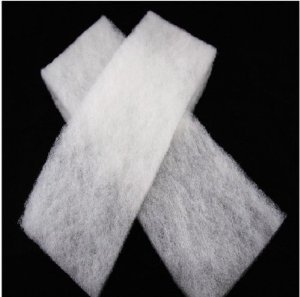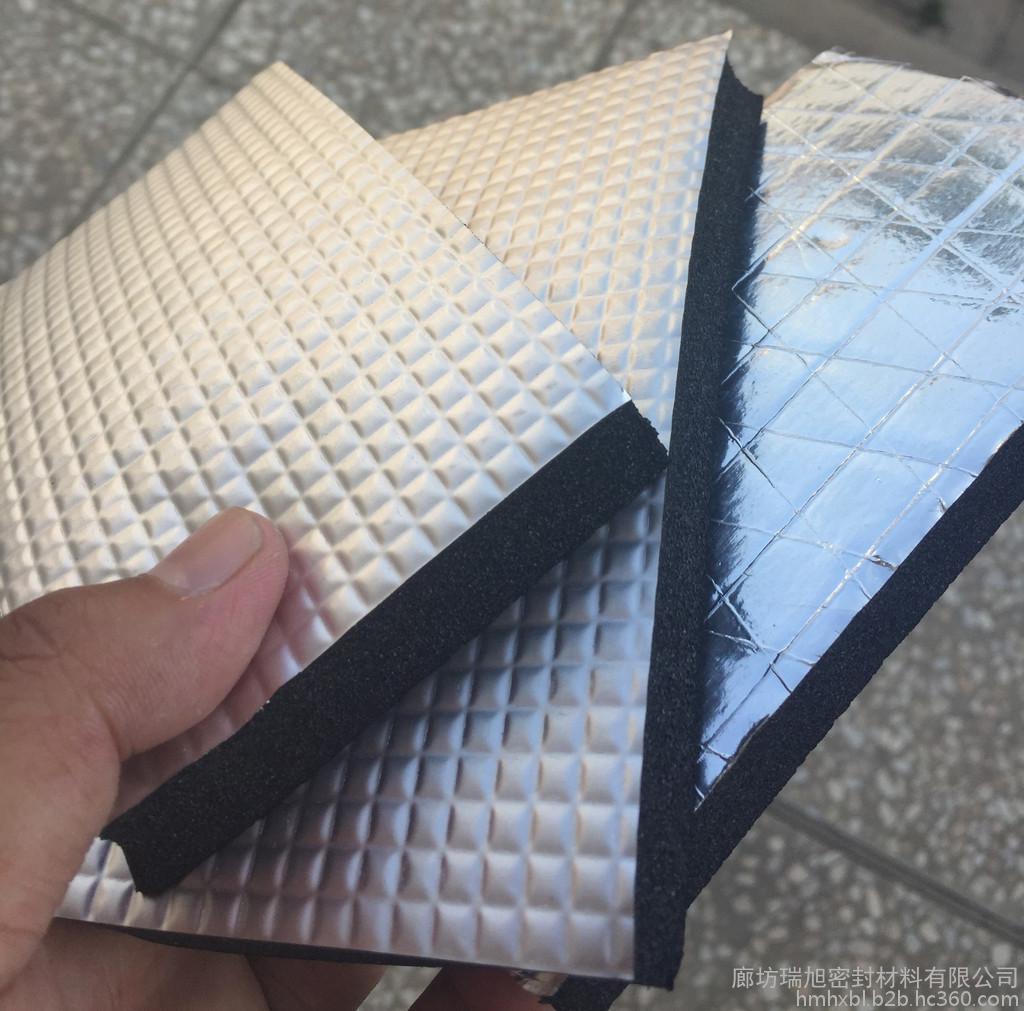Felting Needle
A felting needle is a specialized tool used in the craft of needle felting. Made from steel, it features barbs along its shaft that catch and tangle fibers as the needle is repeatedly pushed in and out of wool or other natural fibers. This process binds the fibers together, creating a dense, matted fabric or a three-dimensional object. Felting needles come in various sizes and shapes, each suited for different tasks. Finer needles are used for detailed work, while thicker needles are better for initial shaping. Some needles are even designed with multiple barbs to speed up the felting process.
Filter
Filters are materials or devices used to remove impurities or separate substances. They come in various forms, including air filters, water filters, and industrial filters. Filters can be made from a wide range of materials, such as paper, cloth, metal, or synthetic fibers, depending on their intended use. The primary function of a filter is to allow certain substances to pass through while blocking others. For example, air filters trap dust and pollen, water filters remove contaminants, and industrial filters can separate particles from liquids or gases.

Insulation Material
Insulation materials are used to reduce the transfer of heat, sound, or electricity. They are essential in various applications, from building construction to electrical engineering. Common insulation materials include fiberglass, foam, wool, and specialized synthetic materials. The primary function of insulation is to create a barrier that slows down the transfer of energy. In buildings, insulation helps maintain a consistent indoor temperature, reducing energy costs. In electrical applications, insulation prevents short circuits and protects against electrical shocks.

Combining Felting Needles, Filters, and Insulation Materials
While felting needles, filters, and insulation materials serve different primary functions, they can be creatively combined in various projects. Here are a few ideas:
1. Custom Felted Filters
- Air and Water Filters: Using a felting needle, you can create custom felted filters from wool or other natural fibers. These felted filters can be used in air purifiers or water filtration systems. The dense, matted structure of felted wool is effective at trapping particles, making it a suitable material for filters. Additionally, wool has natural antimicrobial properties, which can enhance the effectiveness of the filter.
2. Insulated Felted Panels
- Building Insulation: Felted wool can be used as an insulation material in building construction. By using a felting needle to create dense, matted wool panels, you can produce effective thermal and acoustic insulation. Wool is a natural insulator, and its felting process enhances its insulating properties. These felted panels can be used in walls, ceilings, and floors to improve energy efficiency and soundproofing.
3. Protective Insulation for Equipment
- Industrial Applications: In industrial settings, felted wool can be used to insulate machinery and equipment. The felting needle can be used to create custom-shaped insulation pads that fit snugly around equipment, providing thermal and acoustic insulation. This can help reduce noise levels and maintain optimal operating temperatures, improving the efficiency and lifespan of the equipment.
4. Wearable Insulation
- Clothing and Accessories: Felted wool can be used to create insulated clothing and accessories. Using a felting needle, you can make dense, matted wool layers that provide excellent thermal insulation. These felted layers can be incorporated into jackets, gloves, hats, and other clothing items to keep the wearer warm in cold conditions. Wool’s natural breathability also ensures comfort by allowing moisture to escape.

Conclusion
Felting needles, filters, and insulation materials each have unique properties and applications. By combining these elements, you can create innovative and functional products that leverage the strengths of each material. Whether you’re crafting custom filters, insulating buildings, or designing wearable insulation, the possibilities are vast. The key is to experiment and explore new ways to integrate these materials, unlocking their full potential in various applications.
Post time: Sep-20-2024
